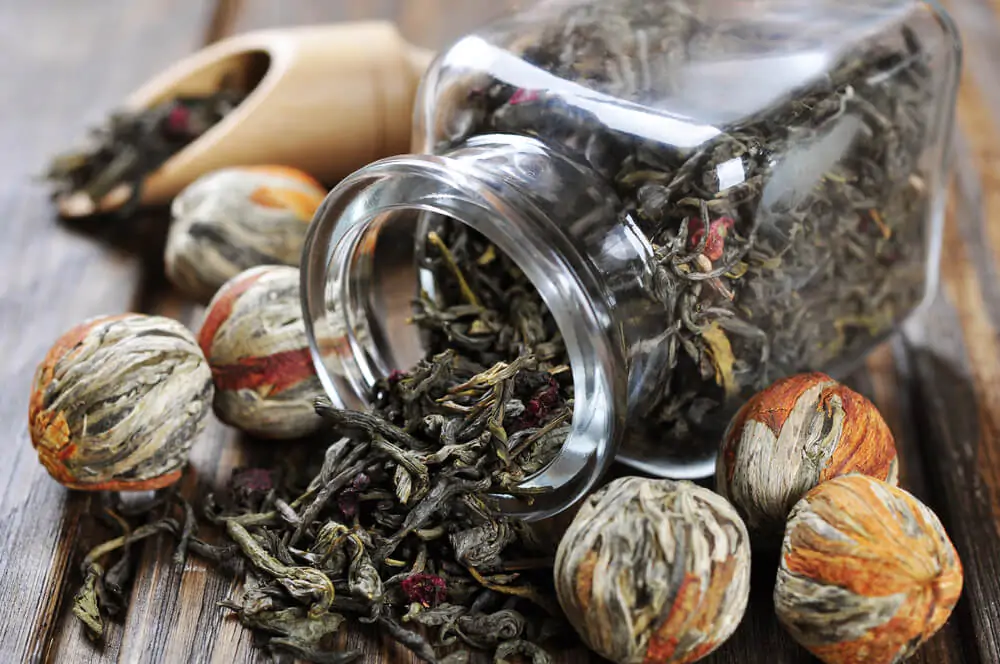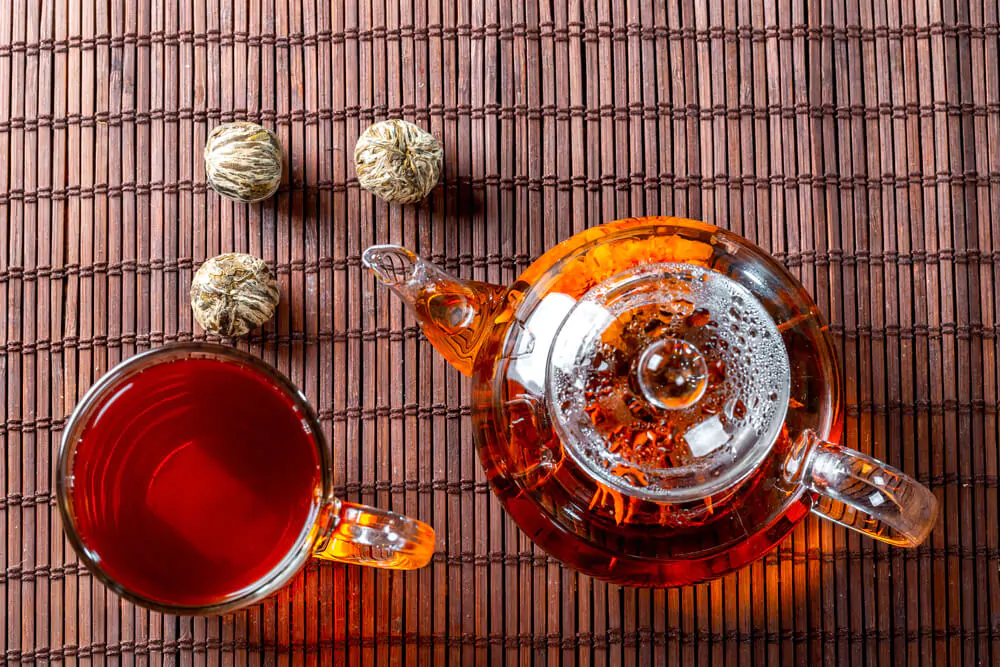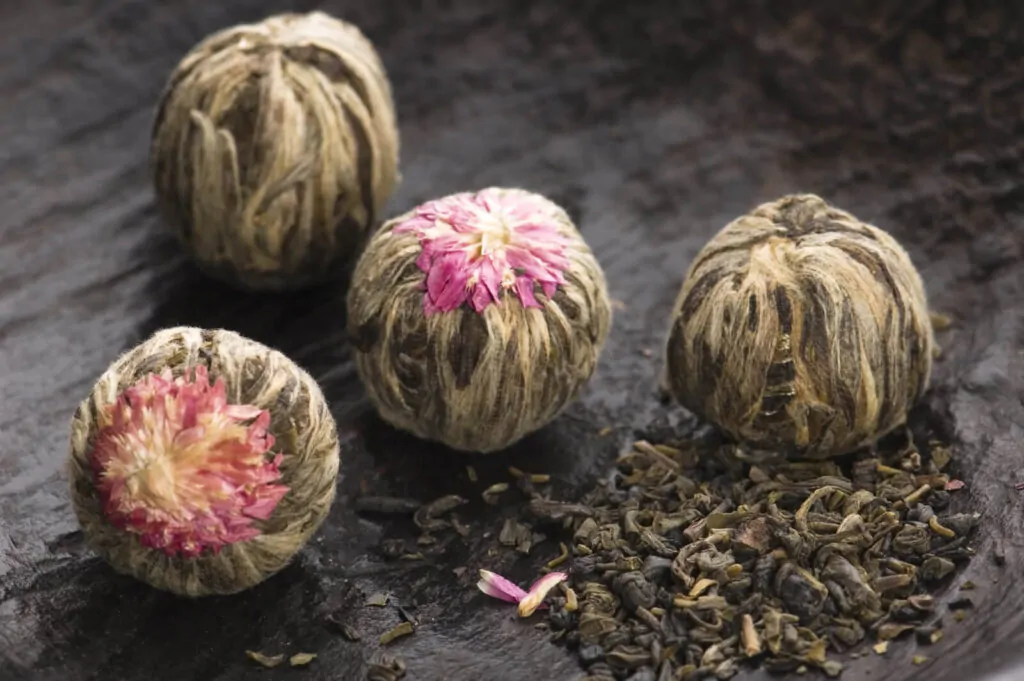Brewing an excellent cup of tea is one of the best ways to refresh oneself on an otherwise stressful day. Read on to find out how much tea goes in a tea ball infuser for that perfect cuppa!

A tea ball was the first kind of infuser I purchased when I decided to ditch the common tea bag. It’s economical since it’s affordable and lasts long if appropriately maintained, and more sustainable since it is reusable. Consequently, you won’t have to throw those tea bags every time you brew a cup, which might save you from the mold that will develop in your trash bag.
Usually, tea balls are used to steep your tea, but it also allows the user to determine the intensity of the beverage’s flavor depending on the amount of leaves you put in. So if you’re asking how much tea should go into this infuser, I would say that it will depend on personal preference and the kind of tea you’re going to make.
You can learn more by reading the difference between tea bags and loose tea leaves here!
Follow The Basics Or Trust Your Taste Buds
You can put one teaspoon of loose tea leaves per 250 ml or eight oz of water which is ideal for one cup of tea as a rule of thumb. Use this as your reference and build it up as you go if you want to increase the tea’s flavor for future brewing.
For instance, when I brew loose black tea, I occasionally add another teaspoon and a half. I love my tea strong, much like my cup of Joe, but this isn’t for everyone, so proceed with caution. It’s also advisable not to fill your tea ball too much as the leaves need some room to expand to give your cuppa a better flavor.

When brewing the milder tea variants, with little to no caffeine content, such as herbal or white teas, I recommend letting it steep longer in your cup. The brewing takes about three to five minutes for the black or green tea. For lighter teas, give it about seven to eight minutes tops to release more of its natural sweetness.
I love tea balls because you can also mix and match the tea leaves to brew your own blend. I suggest chamomile and white tea to lull you to sleep.
Find out how to use the tea ball with our step-by-step guide!
Kinds Of Tea Balls
Generally, there are two kinds of tea balls. The first one is made of stainless steel with tiny holes surrounding its body. The second one is made of mesh that closely resembles a sieve.
As with every tea ball, it has a chain attached to it, which you can dangle on your cup, although there is a scissor-type one that features a handle that you can also use as a spoon to stir your tea after steeping. These infusers usually have a latch on their side, which opens the ball to load your leaves.
These come in different designs, and there are silicone-made strainers that come in different colors and shapes. However, I wouldn’t recommend the latter as it might affect the taste of your tea.
Benefits Of Tea Balls
Tea balls’ major advantages are that they are easy to use as you only need to open the latch and put your tea leaves. It’s also compact for easy storage and effortless cleaning. As mentioned, they are also budget-friendly.
You might also enjoy our round-up of the best tea infusers.

Drawbacks Of Tea Balls
The stainless steel is constantly in liquid, so clean it often to avoid rusting. Its holes can also be too small, restricting the leaves’ full flavor from flourishing and blending. The ball itself can also hinder the expansion of the leaves, so make sure to buy a larger one.
The mesh tea ball can easily deform during cleaning, limiting the space for your tea leaves, so make sure not to scrub or press too hard. In addition, the latch is relatively thin so expect it to break after several uses. There’s also a chance of finding leaf residues in your tea.
